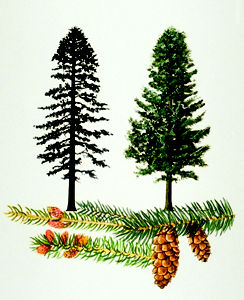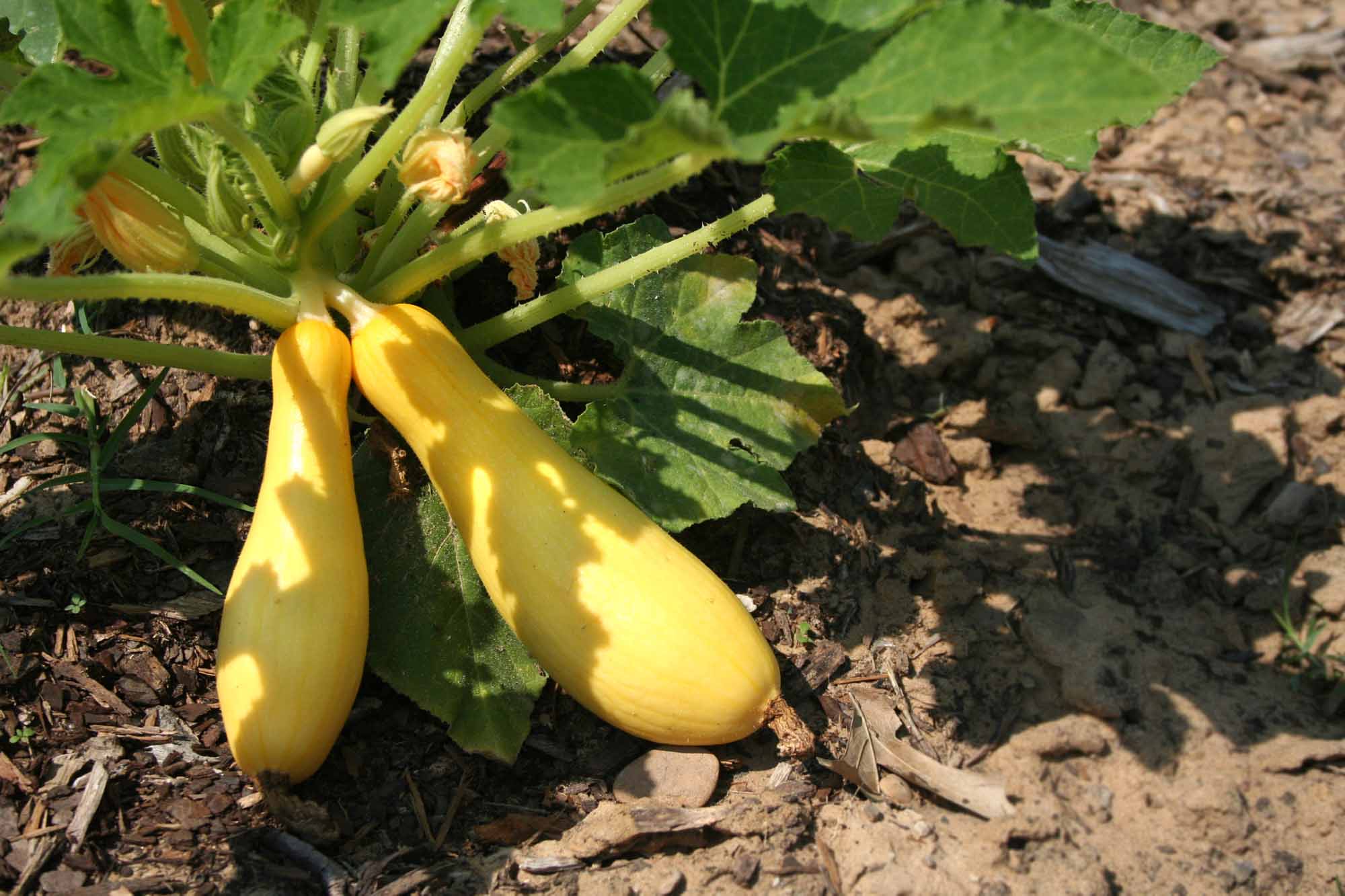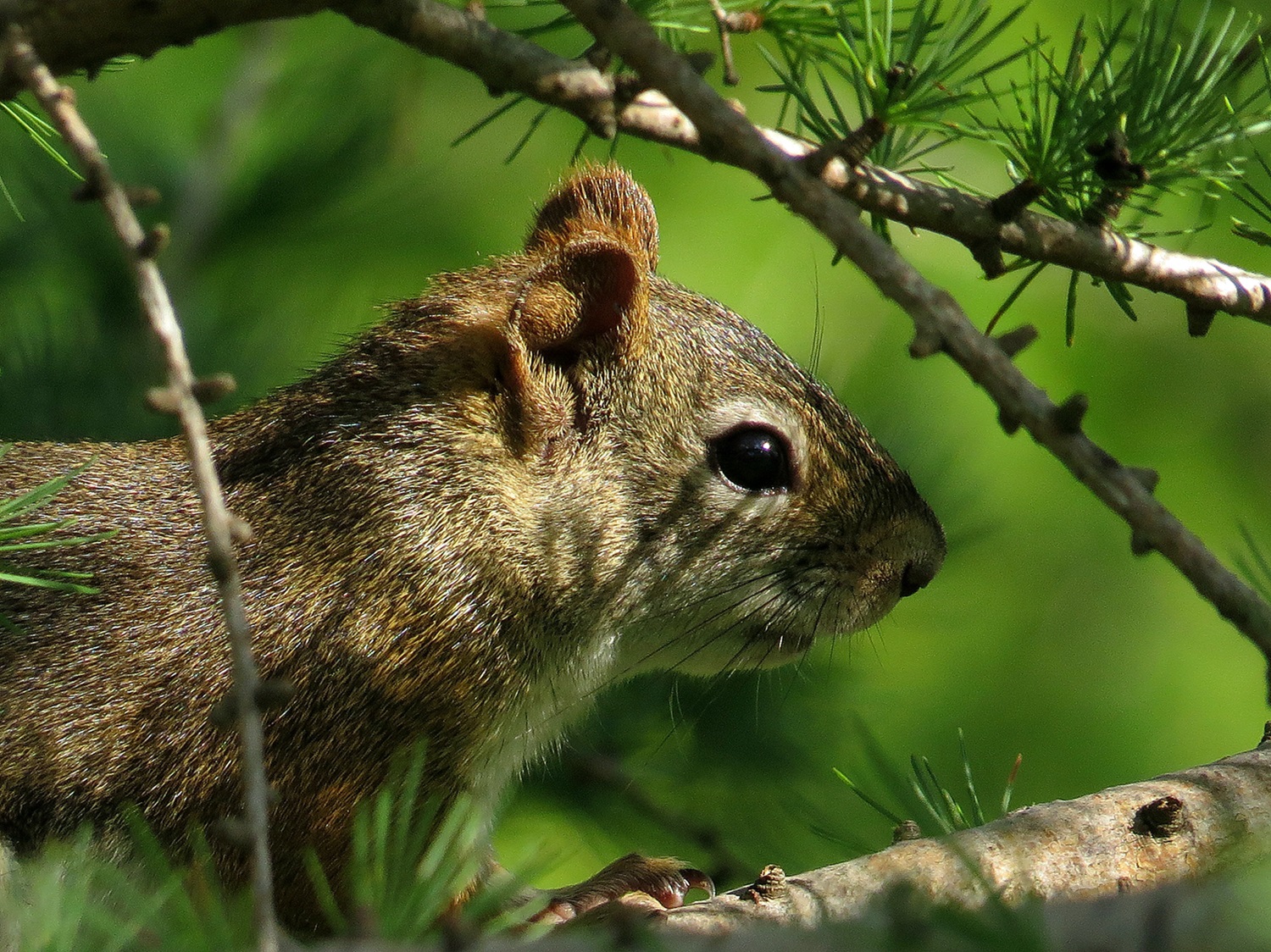Browse "Things"
-
Article
Sports Medicine
Sports medicine practitioners help serious athletes plan preseason training and testing, provide early treatment for injuries, identify groups that may be susceptible to risk, and record frequencies in patterns of injuries.
"https://d2ttikhf7xbzbs.cloudfront.net/media/media/9cc69107-f030-44d5-ade0-b76956474ce4.jpg" // resources/views/front/categories/view.blade.php
https://d2ttikhf7xbzbs.cloudfront.net/media/media/9cc69107-f030-44d5-ade0-b76956474ce4.jpg
-
Article
Spotted Turtle
The spotted turtle (Clemmys guttata) is a small freshwater turtle native to Eastern North America. It is named for the bright yellow or yellow-orange spots on its shell, head and limbs. Its Canadian range is restricted to Southern and Central Ontario, where it is found in shallow wetland habitats such as swamps, marshes, fens and bogs. The spotted turtle is endangered, both in Canada and globally.
"https://d2ttikhf7xbzbs.cloudfront.net/spottedturtle/Spotted-Turtle-Clemmys-guttata-female.jpg" // resources/views/front/categories/view.blade.php
https://d2ttikhf7xbzbs.cloudfront.net/spottedturtle/Spotted-Turtle-Clemmys-guttata-female.jpg
-
Article
Spring
A spring is a point of natural, concentrated groundwater discharge from soil or rock.
"https://d2ttikhf7xbzbs.cloudfront.net/media/media/24f61a09-a6c8-4eb9-9898-c8a025daa602.jpg" // resources/views/front/categories/view.blade.php
https://d2ttikhf7xbzbs.cloudfront.net/media/media/24f61a09-a6c8-4eb9-9898-c8a025daa602.jpg
-
Article
Spring Peeper
The spring peeper (Pseudacris crucifer) is a small tree frog native to the forests of Eastern North America. Within Canada, the spring peeper can be found from Manitoba to the Atlantic provinces, excluding Newfoundland. (See also Frog Species in Canada.) In the spring, male spring peepers come together in groups around temporary breeding ponds to call out in a series of loud, high-pitched peeps meant to attract females. This sound is one of the earliest frog calls heard in the spring.
"https://d2ttikhf7xbzbs.cloudfront.net/springpeeper/springpeeper.jpg" // resources/views/front/categories/view.blade.php
https://d2ttikhf7xbzbs.cloudfront.net/springpeeper/springpeeper.jpg
-
Article
Spruce
Spruce is an evergreen conifer (genus Picea) of the pine family (Pinaceae). About 40 species occur worldwide, in circumpolar distribution in the Northern Hemisphere; 5 are native to Canada.
"https://d2ttikhf7xbzbs.cloudfront.net/media/media/67a495ac-d3d5-4492-87e9-08c6b0916a72.jpg" // resources/views/front/categories/view.blade.php
https://d2ttikhf7xbzbs.cloudfront.net/media/media/67a495ac-d3d5-4492-87e9-08c6b0916a72.jpg
-
Article
Squash
Squash (genus Cucurbita) is an annual plant belonging to the Cucurbitaceae family and native to the Americas.
"https://d2ttikhf7xbzbs.cloudfront.net/media/media/2ee8d55b-3100-4c31-9ceb-2698b95688b1.jpg" // resources/views/front/categories/view.blade.php
https://d2ttikhf7xbzbs.cloudfront.net/media/media/2ee8d55b-3100-4c31-9ceb-2698b95688b1.jpg
-
Article
Squash Racquets
Squash racquets is played with a long-handled, small-headed racquet in an enclosed court that resembles a giant, lidded shoebox. Each player (or pair in doubles) takes turns hitting the ball to the front wall - rather like lawn tennis but with both players on one side of the court. The game is an offshoot of racquets but is played with a soft, "squashy" ball; hence, the name.
"https://d2ttikhf7xbzbs.cloudfront.net/media/media/aa10e5c5-c134-4807-965f-1d8284a65d57.jpg" // resources/views/front/categories/view.blade.php
https://d2ttikhf7xbzbs.cloudfront.net/media/media/aa10e5c5-c134-4807-965f-1d8284a65d57.jpg
-
Article
Squid
Squid are decapods ("10-footed") molluscs of class Cephalopoda. Squid are usually of the order Teuthoidea).
"https://d2ttikhf7xbzbs.cloudfront.net/media/media/2b5058f2-5d4b-452a-a9fc-4c9772aed091.jpg" // resources/views/front/categories/view.blade.php
https://d2ttikhf7xbzbs.cloudfront.net/media/media/2b5058f2-5d4b-452a-a9fc-4c9772aed091.jpg
-
Article
Squirrel Species in Canada
Squirrels are rodents of the widespread family Sciuridae, which includes species such as chipmunks, ground squirrels and marmots. Approximately 285 species of squirrel have been found worldwide, from the Americas to Eurasia and Africa. In Canada, 23 species occur, all of which are native. Of these 23 species, six are tree-dwelling squirrels (two of which are flying squirrels) and 17 are ground-dwelling squirrels (seven of which are ground squirrels, five of which are chipmunks, four of which are marmots and one of which is a prairie dog). Squirrels are closely related to mountain beavers and dormice (suborder Sciuromorpha).
"https://d2ttikhf7xbzbs.cloudfront.net/squirrel/American-Red-Squirrel-Close-Up.jpg" // resources/views/front/categories/view.blade.php
https://d2ttikhf7xbzbs.cloudfront.net/squirrel/American-Red-Squirrel-Close-Up.jpg
-
Article
SS Queen Victoria, Lost Ship of Confederation
The SS Queen Victoria played host to crucial discussions about Confederation in Charlottetown harbour in 1864. Two years later, the ship was lost in a hurricane off Cape Hatteras. The wreckage has never been found.
"https://d2ttikhf7xbzbs.cloudfront.net/media/media/7c6fd58d-8f6a-4557-baf5-d9d38ea623ff.jpg" // resources/views/front/categories/view.blade.php
https://d2ttikhf7xbzbs.cloudfront.net/media/media/7c6fd58d-8f6a-4557-baf5-d9d38ea623ff.jpg
-
Article
St Albans Raid
In the third year of the American Civil War, around 20 Confederate agents raided the town of St. Albans, Vermont. The raid was planned by Confederate spymasters based in St. Catharines and Montreal. On 19 October 1864, the men robbed the town’s three banks and killed a man, before crossing the border into Canada. Fourteen of the raiders were soon arrested. They were brought to trial three times and released each time by Canadian judges. The raid and court decisions worsened relations between Canada and the US, which were already strained.
"https://d2ttikhf7xbzbs.cloudfront.net/Capt-Young.jpg" // resources/views/front/categories/view.blade.php
https://d2ttikhf7xbzbs.cloudfront.net/Capt-Young.jpg
-
Article
St. Andrew’s Societies in Canada
Throughout the diaspora, the Scots have been enthusiastic organizers, forming various types of ethnic or national societies in their places of settlement. These associations were bulwarks in the preservation of identity, culture and class for their group. The creation of St. Andrew’s Societies as with those of Highland, Caledonian and Burns clubs followed specific patterns, and served specific cultural and social needs. With the exception of the early Highland Societies, which were allied with the Highland Society of London, these associations were organized independently of one another and usually remained that way through their existence, although many created and maintained informal links which were stressed at key celebrational events. From the first society founded in Saint John in 1798, St. Andrew’s Societies have been an important part of Scottish associational life in Canada.
"https://d2ttikhf7xbzbs.cloudfront.net/media/media/2464927e-390e-4c26-9746-62b329cf5fc5.jpg" // resources/views/front/categories/view.blade.php
https://d2ttikhf7xbzbs.cloudfront.net/media/media/2464927e-390e-4c26-9746-62b329cf5fc5.jpg
-
Article
St. Anne's Anglican Church
St. Anne's Anglican Church was located on Gladstone Avenue in the Brockville residential neighbourhood of Toronto, Ontario (near Dufferin and Dundas Streets). (See also Anglicanism in Canada.) Built in 1907-08 in the Byzantine Revival style, St. Anne's Anglican Church contained a remarkable collection of paintings by prominent Canadian artists, including three members of the Group of Seven. (See also J.E.H. MacDonald Frederick Horsman Varley; Franklin Carmichael.) The church was designated a National Historic Site of Canada in 1996. On 9 June 2024, the church was destroyed by a four-alarm fire.
"https://d2ttikhf7xbzbs.cloudfront.net/stannesanglicanchurch/interiorstannesanglicanchurch.jpg" // resources/views/front/categories/view.blade.php
https://d2ttikhf7xbzbs.cloudfront.net/stannesanglicanchurch/interiorstannesanglicanchurch.jpg
-
Article
St Elmo's Fire
St Elmo's Fire is a blue or reddish glow, sometimes with the appearance of a flame, accompanying a powerful electrical discharge from a pointed conducting object in an intense electric field.
"https://development.thecanadianencyclopedia.ca/images/tce_placeholder.jpg?v=e9dca980c9bdb3aa11e832e7ea94f5d9" // resources/views/front/categories/view.blade.php
https://development.thecanadianencyclopedia.ca/images/tce_placeholder.jpg?v=e9dca980c9bdb3aa11e832e7ea94f5d9
-
Article
St Francis Xavier University
St Francis Xavier University was founded in 1853 in Arichat, Cape Breton, and moved to ANTIGONISH, NS, in 1855.
"https://development.thecanadianencyclopedia.ca/images/tce_placeholder.jpg?v=e9dca980c9bdb3aa11e832e7ea94f5d9" // resources/views/front/categories/view.blade.php
https://development.thecanadianencyclopedia.ca/images/tce_placeholder.jpg?v=e9dca980c9bdb3aa11e832e7ea94f5d9
